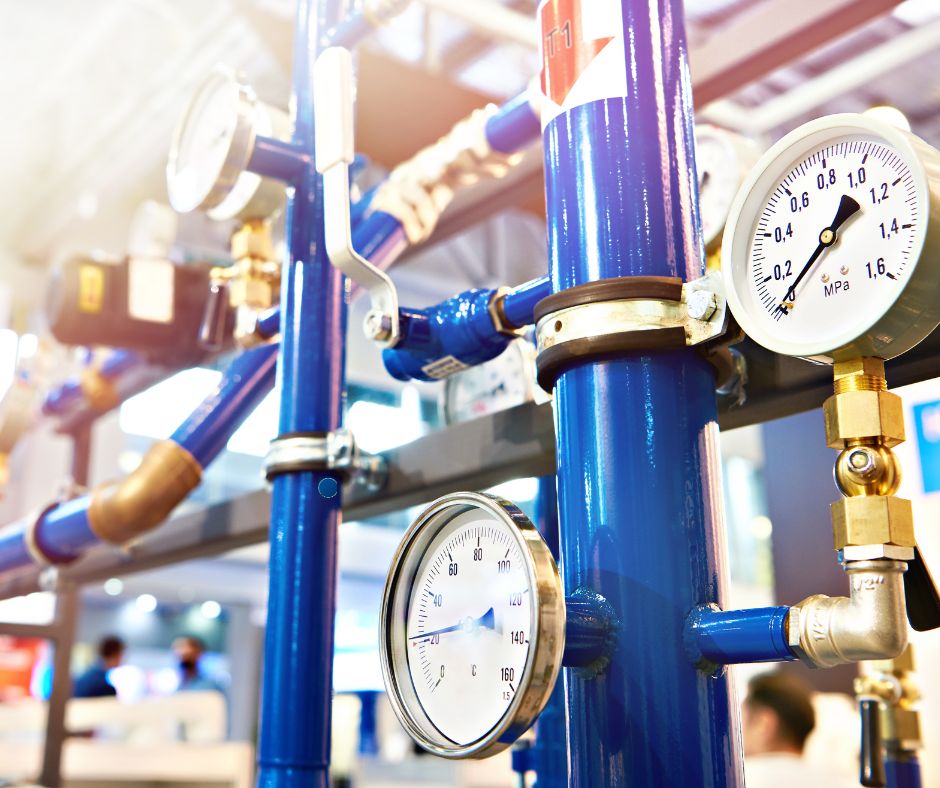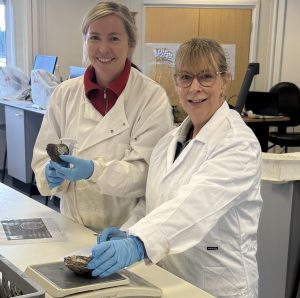Overview
In manufacturing, multiple different products are made on the production lines. Therefore, varying target temperatures are required for the process, depending on the product being made and the raw materials used.
Temperature extremes, whether hot or cold, pose serious health risks. Additionally, fluctuations in temperature can impact worker comfort, productivity, and job satisfaction.
Temperature stability and control is a vital part of manufacturing, it has a direct effect on cycle times and output. This has an impact on consistency, wastage, energy consumption and production costs.
Temperature control can also help prevent damage to the manufacturer’s reputation through the release of low-quality substandard products.

Heat-related risks affecting Employees
Heat stress: High temperatures and humidity can cause heat stress for employees working in bakeries, foundries, and other hot environments. This results in an increase of body heat and heart rate, excessive sweating and symptoms such as fainting, heat rash and cramps. It can even lead to heat stroke, which can be life-threatening if not detected early.
Fatigue: Prolonged exposure to high temperatures indoors can cause physical and mental fatigue. While the majority of mild symptoms can be treated easily, chronic fatigue can reduce alertness, increasing the risk of errors and accidents.
Respiratory issues: Excess fumes, dust, and debris generated in facilities can worsen employees’ respiratory problems. This can be exacerbated when working in excessively cold or hot conditions, as the environment may cause workers to struggle to breathe properly.
Dehydration: Dehydration can affect employees’ health and their ability to work safely. Regular water consumption is important before and during work hours, especially if sweating excessively.
The above heat-related health and safety issues can affect concentration, communication, and awareness. If concentration is affected in high-risk situations, this can contribute to the likelihood of serious, catastrophic or even fatal injury.
The Workplace (Health, Safety and Welfare) Regulations place a duty on employers to ensure indoor temperatures are reasonable, dependent on the work activity and environmental conditions.
Temperature Control Strategies
Employers in manufacturing can take proactive measures to mitigate the risks of extreme temperatures.
Climate control: Sufficient heating, ventilation and air conditioning can regulate indoor temperatures and maintain healthy air quality, improving worker wellbeing in day-to-day operations.
Process control: The implementation of temperature sensors, programmable logic controllers (PLCs), closed-loop control systems, heat treatment processes and cooling towers can help mitigate the risks.
Machinery maintenance: Adjusting preventive maintenance strategies to regulate excess heat generated by equipment and machinery can prevent them from raising indoor temperatures too high.
Personal protective equipment (PPE): Employers should provide workers with adequate, approved PPE for specific tasks that could expose them to environmental conditions.
Material selection: Thermal conductivity materials, heat-resistant materials and cold-resistant materials can help mitigate the risks.
Workplace comfort: Ensure that suitable break and refreshment schedules are in place, including adequate space for workers to warm up, cool down, refresh and hydrate regularly. Also look at factors such as employee training and shift scheduling.
Energy efficiency: Heat recovery systems, energy-efficient equipment, smart thermostats and building automation systems can help mitigate the risks.
Insulation: Employers should look at the possibility of improving building insulation, insulating pipes and equipment and using reflective materials.
Businesses cannot afford to overlook temperature management in their buildings
There are many different ways to control temperature output in the workplace. Maintaining optimal conditions enhances worker productivity, comfort, and safety.
It is crucial to complete a risk assessment of your manufacturing facility and implement risk management strategies such as temperature control. This is where iProtectU comes in – safety risk assessment software which includes a comprehensive range of risk assessment types and templates. Get in touch today today and find out how we can help you identify and manage temperature-related risks more efficiently. https://iprotectu.com/risk-assessment-software/









